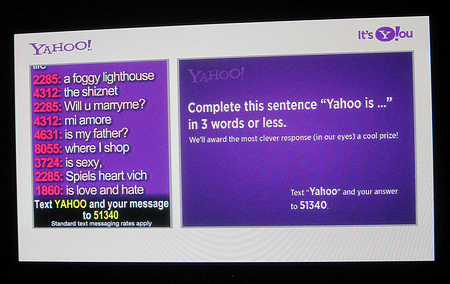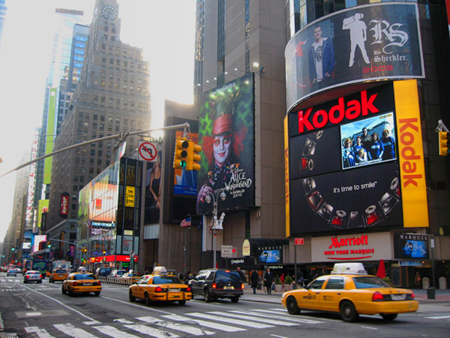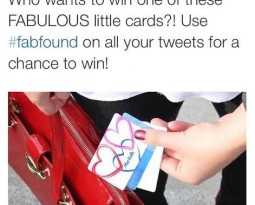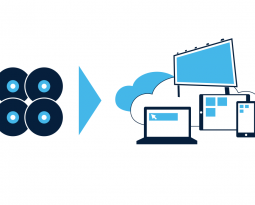Users Crave Interactivity—You Better Give it to Them
More and more user-generated content (UGC) such as picture-to-screen, text-to-screen, Twitter, Facebook, YouTube integrated directly into digital signage solutions is all the craze, and it is here to stay.
A very good example of UGC in a public display is the Pic2Screen application by Aerva, Inc. (www.aerva.com) powering Kodak LED board in Times Square. Images can be emailed to kodak@aerva.com and the system acknowledges receipt and sends all submissions for approval or rejection. All approved submissions get a code back that the user can use to pull up their image onto the Kodak LED board. The campaign that started in December 2009 is ongoing and part of Kodak’s promotion at its “Smile Gallery,” and users are more than happy to partake. There have already been three marriage proposals and a significant number of images sent in from many countries, People visiting New York make the Pic2Screen upload at Times Square a destination experience.
It is hard to compete with the quantity, dynamism and creativity of UGC, and digital signage greatly benefits from this user interactivity. However, some venue and some sponsors have always been a bit tepid about UGC. How does one manage unwanted content? There are ways to tame the animal, at least its unwanted aspects. The web-based moderation interface for the Pic2Screen application allows for rejection of objectionable content, blurred images or otherwise inappropriate pictures, thus providing protection to the sponsor and a pleasant experience to the viewers.
While displaying Texts and Tweets on the browser have become very popular, these streams have not been as readily adopted by digital signage. Yet organizers, venues and companies are progressively adding user interactivity to get relevant and live information, because users truly love to add their input and view others’ contributions in real-time.
Similarly, users are spending more time on Facebook, YouTube and other social media sites. Some UGC on digital screens can come directly from these social media sites, allowing users to participate more widely, allowing owners of the screens to show dynamic and creative content. Increasingly, promotions that have elements of game mechanics, such as winning points or achieving a goal, not only engage the users but also provide a different kind of content that drives higher participation than static videos would.
User interactivity on digital screens (browser, indoor, outdoor, projection, etc.) is a growing trend, thanks to the proliferation of mobile handsets and social media ecosystem. It is high time for digital out-of-home network to take advantage of this phenomenon that is here to stay.
Sanjay is the founder of Aerva, Inc. a Cambridge, MA-based company that has been providing interactive technologies for digital display networks globally. Aerva’s mobile and social media applications integrate with any digital signage platform, including its own called AerChannel platform. Many network operators, brands and signage companies use Aerva’s technologies world over to engage, inform and entertain users the world over.
